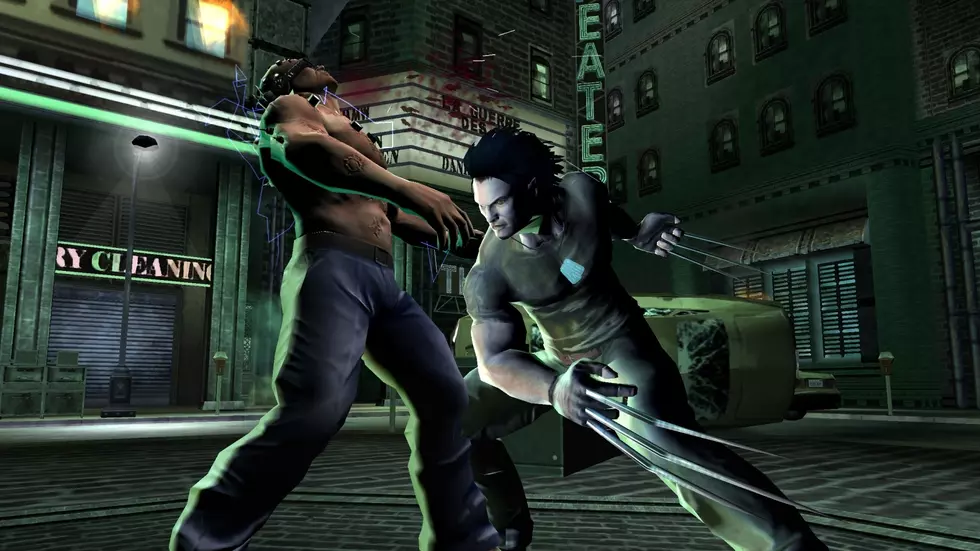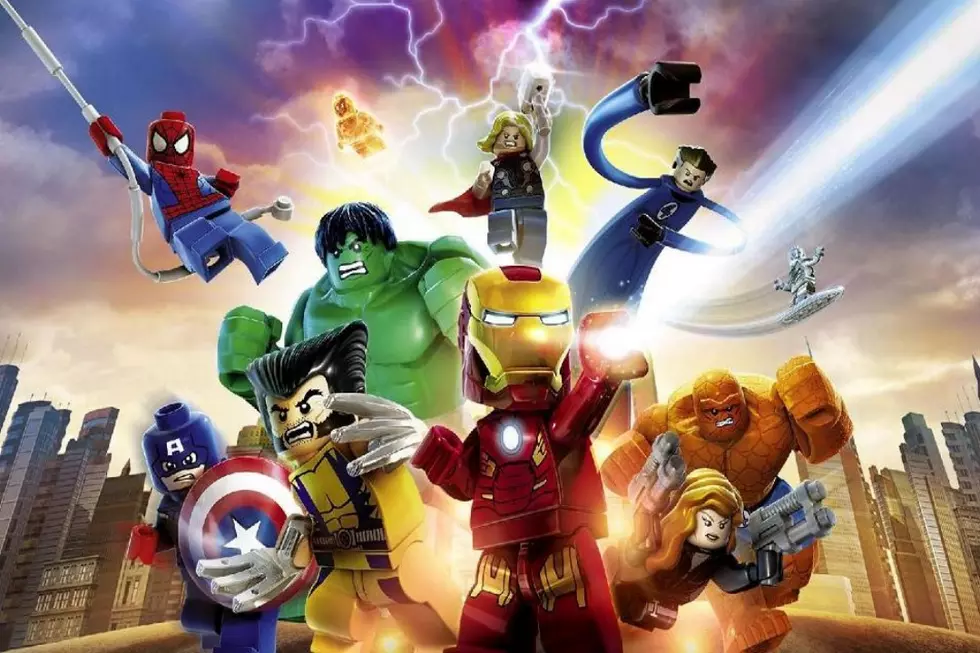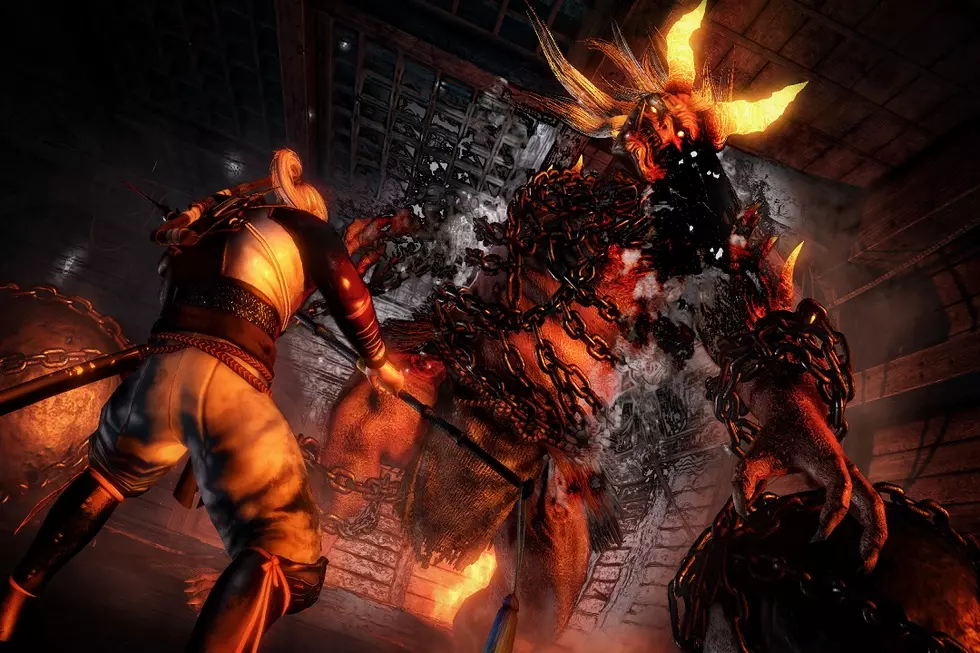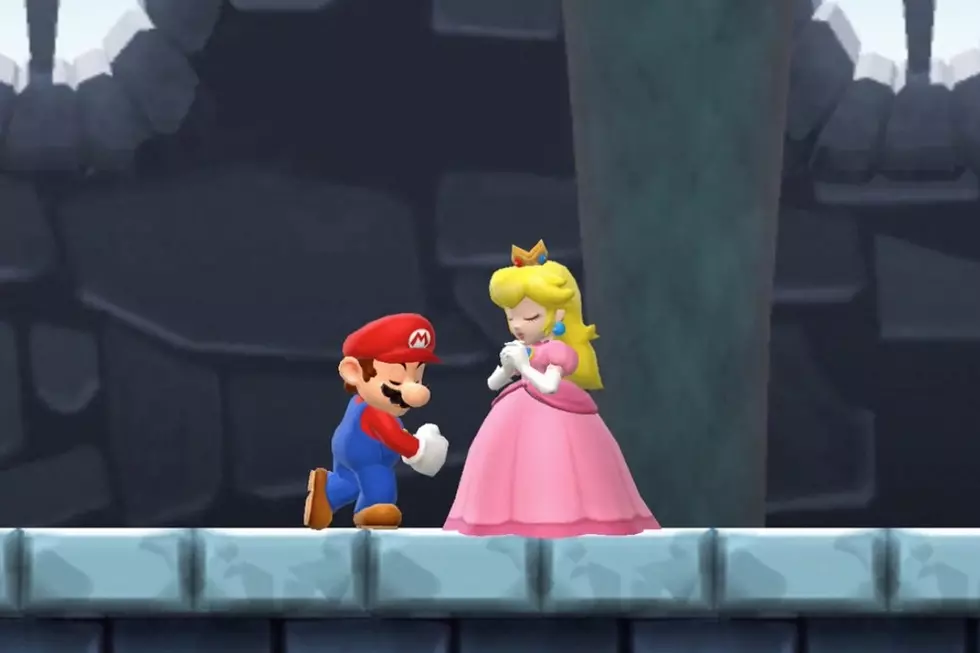
10 Best Trading Card Games
The 10 Best Trading Card Games is a overarching ensemble of the most enjoyable and popular forms of collectible card games from the past 20 years. To this day, there are millions of dollars being shelled out in prize money for the best card battlers in the world. You would think that with the advancements of handheld gaming technology, TCGs would have plummeted in sales over the years. Surprisingly, TCGs are still immensely popular throughout the world. Yu-Gi-Oh!, Digimon, and Pokémon may have each declined in popularity over the past decade, but Magic: The Gathering is still selling quite well. One may attribute to the decline of Pokémon: Trading Card Game and its cohorts to the temporal growth of its fanbase. But a unique effect occurred for many of these young card players; they moved on to other trading card games. So don't tap all your lands, you might need that mana later, because today we up the ante with the 10 Best Trading Card Games.
- 10
Netrunner
Wizards of the CoastWe've all seen the hacker vs. conglomerate story happen before, but Netrunner accomplishes this in an interesting manner. Using bits as currency, the Runner (hacker) must extrapolate secret data from the Corp before the corporation can execute their secret, diabolical plans. Corp cards include cybernetic defense programs, called ICE, which the hacker fights with decryption programs, called icebreakers. With most trading card games revolving around the summoning of creatures in order to fight on a battlefield, the cyberpunk style of Netrunner's artwork and card-types was beautiful, even when it was based on the computing technologies of the mid-90s. Netrunner's computer-based card system is just one of the many reasons why we have it starting off our list of the 10 Best Trading Card Games.
- 9
Shadowfist
Inner Kingdom GamesShadowfist builds on the concept of Feng Shui, the belief that the geographical layout of certain objects within a specific area would contribute to the positive energy that would flow through it. Shadowfist takes the concept of Feng Shui to a much higher level where control of the world is earned by controlling major points on the map in order to promote positive chi-flow on a nationwide scale. Throw in some time travel, and there are some unique types of warfare that occur using various staples of Asian history as a background. Basically, Shadowfist is a card-based hybrid of Asian cinema and Marvel's Secret Wars.
- 8
Middle-Earth Collectible Card Game
Iron Crown EnterprisesReleased in 1995, The Middle-Earth Collectible Card Game focused completely on the lore and art of the books. The artwork for many of the cards were actually done by artists from who did the pictures inside Tolkien's books. The resulting effect is that we had a card game that felt extremely viable to the source material, especially when the card art reflected the illustrations from the books. There were also numerous card expansions which reflected many important events throughout the history of Middle-Earth. Any game where destroying Sauron's Ring of Power led to an instant win deserves to be on this list.
- 7
Star Wars: Customizable Card Game
Decipher Inc.Created years before the release of The Phantom Menace, SW: CCG allowed players to align themselves with either the dark or light side of the Force. Used in tandem with character cards, location cards were meant to further the story and bestow bonuses. Certain character combinations, such as Vader with Grand Moff Tarkin, were dominating tactics which were much more effective as a duo than they were by their lonesome. Despite the duality that occurs in having two main factions, certain characters were able to switch factions (Luke was able to go dark if a player had the right cards, and vice versa for Darth Vader). The popularity of the Star Wars: Customization Card Game had players fighting for hours on end until the room smelled like the inside of a Tauntaun.
- 6
Vampire: The Eternal Struggle
White Wolf PublishingVampire: The Eternal Struggle was Richard Garfield's official second release as a designer of TCGs. Garfield targeted the World of Darkness (the Vampire series and other famous supernatural franchises), in order to bring diversity to the trading card game genre; he meant to show that it can be applied to various types of fiction, not just the mana-based concepts of Magic: The Gathering which intended to cater towards the Dungeons & Dragons audience. You play a vampire who, as part of the masquerade, tries to manipulate the world from afar so that things go their way. Vampire's distinct combat encourages multiplayer matches consisting of three or more people where alliances and betrayals are common.
- 5
Legend of the Five Rings
Alderac Entertainment GroupLegend of the Five Rings' ongoing involvement with plot and lore is a major reason why it makes our list of the 10 Best Trading Card Games. Alderac constantly publishes up-to-date storylines about L5R, and many of these coincide with the winners of recognized tournaments. Based on the deck of whomever wins the major tournaments, Alderac will bestow the faction of tournament winners appropriate prizes which coincide with the lore of the tournaments/conflicts, and advance the plot as a whole based on these outcomes. The actual card mechanics of L5R focus on building your stronghold. There are also dynasty and fate cards which you may use to alter the future of your stronghold and surrounding land. Personality cards are based on actual characters of L5R lore, who grow and change during the matches as they do in the stories.
- 4
World of Warcraft Trading Card Game
Upper Deck Entertainment /Cryptozoic EntertainmentThe WoW TCG uses a format that differentiates itself from the likes of Yu-Gi-Oh! and Magic. Matches revolve around your single hero card that is meant to symbolize your character in the MMORPG. As a result, combat is much more direct. Rather than announcing that you're attacking with X amount of creature cards, your one character and its assists/party members focus on one thing at a time. What we particularly like about the WoW TCG are the raid mechanics, where three to five players can go against a Raid Master, who controls all the enemies and bosses that united players have to fight. This tries to recreate WoW's signature raid experience. An amazing concept that the WoW TCG invented was its ability to unlock downloadable in-game content via scratch-off codes on the fronts of rare "loot" cards. This led to many non-TCG players buying numerous decks in order to unlock many of the rare mounts and other various items which could only be gained through the TCG's loot cards.
- 3
Pokémon: Trading Card Game
Wizards of the Coast / NintendoWizards of the Coast were the initial publishers and creators of having Poke-battles in card form. Given Pokémon's booming popularity in the late '90s, WotC crafted a card game that was vastly similar to Magic: The Gathering, but simplified since it was aimed at Pokémon's core audience, children. As a result, many of Pokémon: TCG's initial series of cards were extremely similar to pre-existing sets of Magic cards. The main difference was that the names of these cards and their corresponding rules were oriented towards the concepts of the Game Boy system's Pokémon Red and Blue titles. Despite being a simpler version of Magic, the Pokémon Trading Card Game remained a cult phenomenon from the late '90s to the early aughts. Gotta buy 'em all!
- 2
Yu-Gi-Oh!
KonamiLet the fans bicker, but Yu-Gi-Oh! has been winning against the Pokémon Trading Card Game for a very long time. Magic: The Gathering had something similar to Pokémon where set rotations were banned each year in official tournaments. In other words, your card sets were no longer viable for tournament settings after a certain point. These were implemented by Wizards of the Coast in order to urge players into constantly updating and redoing their decks every year. Meanwhile, Yu-Gi-Oh! simply has a list of banned cards that updates itself every year and is nowhere near as bad as the set rotation system of Pokémon. Yu-Gi's 2000-8000 life point system was a simple twist on the hit point systems of other card games, but it made Yu-Gi's gameplay feel more significant due to the large numbers revolving around most in-game actions. You fool! You forgot that my Dark Magician gains 500 attack points for each Dragon-type card on the field!
- 1
Magic: The Gathering
Wizards of the CoastThe first one that started it all has remained atop the trading card game throne for a very long time. Magic: The Gathering was developed by Richard Garfield as a portable means of keeping people occupied while waiting in lines at gaming conventions. It was mainly inspired by the Dungeons & Dragons method of tabletop gameplay where a pencil and great imagination is required to fully enjoy the game. For the past 20 years, Magic's tried-and-true style has been the definitive format for collectible card games. Its popularity is renown, with local tournaments held in comic shops across the world every Friday night. It was the first of its kind, and is still the top-dog. Magic: The Gathering Planeswalked to the top spot in our list of the 10 Best Trading Card Games.
More From Arcade Sushi



![PAX East 2017: Loot Rascals is a Turn-Based Saturday Morning Cartoon [Preview]](http://townsquare.media/site/550/files/2017/03/loot-rascals.jpg?w=980&q=75)





